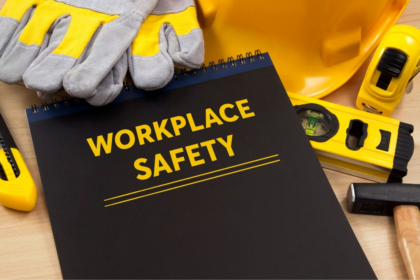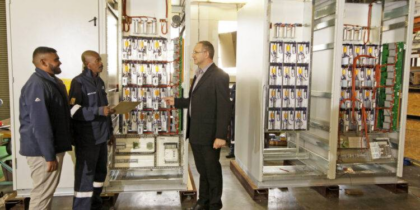Occupational Health Risks in the Gig Economy: Addressing Safety Challenges for a Modern Workforce. In recent years, the gig economy has surged, fundamentally transforming the employment landscape. This dynamic sector, encompassing freelancers, independent contractors, and temporary workers, offers flexibility and autonomy but comes with significant occupational health and safety challenges. As the gig economy grows, so too does the need to address the unique risks faced by this workforce and to explore potential regulatory measures and employer responsibilities.
Unique Health and Safety Challenges
Gig workers often operate without the traditional protections afforded to full-time employees. This absence of a structured work environment leads to a host of health and safety issues:
- Lack of Ergonomic Support: Many gig workers, especially those in roles like delivery driving or remote freelance work, lack access to ergonomically designed equipment and workspaces. This can lead to musculoskeletal problems, such as back pain and repetitive strain injuries.
- Inconsistent Access to Health Benefits: Unlike traditional employees, gig workers typically do not receive health insurance or benefits from their employers. This lack of coverage can delay medical treatment and exacerbate health issues.
- Mental Health Strain: The uncertainty and financial instability inherent in gig work can contribute to significant stress and anxiety. The isolation associated with remote work can also negatively impact mental well-being.
- Exposure to Hazardous Conditions: Gig workers in industries such as ride-sharing, delivery services, and manual labor often face hazardous working conditions without adequate safety training or protective equipment.
Regulatory Measures and Employer Responsibilities
As the gig economy continues to expand, there is a pressing need for regulatory frameworks that ensure the health and safety of gig workers. Here are several potential measures and employer responsibilities that could help protect this vulnerable workforce:
- Enhanced Health and Safety Regulations: Governments and regulatory bodies need to develop tailored health and safety standards for gig workers. This includes mandating basic safety training, ensuring access to personal protective equipment (PPE), and setting guidelines for safe work environments.
- Access to Benefits: Policymakers should consider models that provide gig workers with access to health insurance and other benefits. This could involve portable benefits systems that follow workers across different gigs or mandating contributions from gig economy platforms to a benefits pool.
- Mental Health Support: Employers and platforms should implement mental health resources, such as counseling services and stress management programs, specifically designed for gig workers. Encouraging community-building activities can also help mitigate the isolation of remote work.
- Fair Pay and Job Security: Ensuring fair compensation and job security for gig workers can reduce stress and improve overall well-being. This includes establishing minimum wage standards for gig work and offering more predictable job assignments.
- Research and Data Collection: Continuous research into the occupational health risks faced by gig workers is crucial. Collecting and analyzing data can help identify emerging issues and inform the development of targeted interventions.
Conclusion
The gig economy presents a unique set of challenges for occupational health and safety. As this workforce segment grows, it is imperative that we address these challenges through thoughtful regulatory measures and proactive employer responsibilities. By prioritizing the health and safety of gig workers, we can ensure a more sustainable and equitable future for all workers in this evolving economic landscape.














